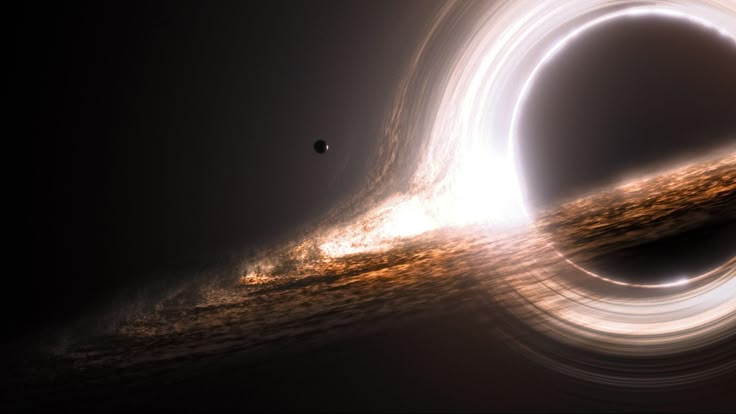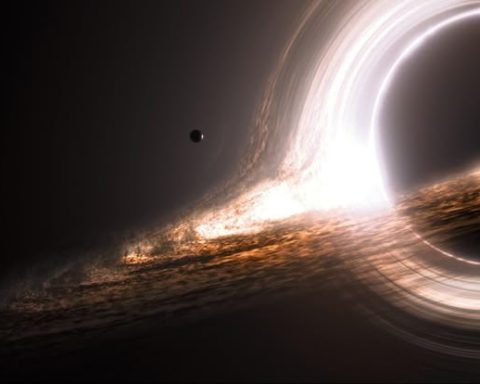Black holes have long fascinated both scientists and the public, representing one of the most mysterious and powerful forces in the universe. Once considered theoretical enigmas, they are now at the forefront of astrophysical research, with new discoveries reshaping our understanding of space, time, and gravity itself. Recent breakthroughs in observation and theory have taken humanity closer than ever to uncovering the secrets hidden within these cosmic giants.
In 2019, the world witnessed a defining moment when the Event Horizon Telescope (EHT) collaboration released the first-ever image of a black hole — a glowing ring of light surrounding a dark shadow at the center of the M87 galaxy. This achievement was not just a triumph of technology but a confirmation of Einstein’s theory of general relativity under extreme conditions. Since then, scientists have continued to refine their imaging techniques, capturing even clearer views of black hole environments and the complex physics that govern them.
One of the most remarkable advancements has been in the study of black hole spin and magnetic fields. Researchers now know that these two factors play a critical role in the formation of relativistic jets — streams of high-energy particles that shoot out from the poles of black holes at nearly the speed of light. Using radio and X-ray telescopes, astronomers have begun to map these jets in unprecedented detail, revealing how black holes interact with and influence their host galaxies. The findings suggest that far from being cosmic vacuum cleaners, black holes may be essential engines driving galaxy evolution.
Theoretical physics has also made significant strides. Advances in quantum gravity and string theory are helping scientists explore what happens beyond the event horizon — the boundary where not even light can escape. The so-called “information paradox,” which questions whether information entering a black hole is lost forever, has sparked heated debate and new insights. Some physicists now propose that black holes could store this information on their surfaces, encoded in subtle quantum fluctuations. This idea could bridge the gap between quantum mechanics and general relativity, two fundamental theories that have long resisted unification.
Meanwhile, gravitational wave astronomy has opened an entirely new window into black hole research. Since the first detection by LIGO in 2015, dozens of black hole mergers have been recorded, allowing scientists to study their masses, spins, and merger rates. These ripples in spacetime not only confirm predictions made by Einstein but also hint at the existence of previously unknown types of black holes — including intermediate-mass ones that could fill the gap between stellar and supermassive black holes.
Space agencies like NASA and ESA are also preparing the next generation of missions to deepen our exploration. The upcoming LISA (Laser Interferometer Space Antenna) mission, for example, aims to detect gravitational waves from much larger and more distant black hole collisions, expanding our observational reach across the cosmos. At the same time, future telescopes like the James Webb Space Telescope and its successors are expected to peer further into the early universe, uncovering how the first black holes formed from the remnants of ancient stars.
Beyond their scientific significance, black holes continue to capture the human imagination. They challenge our perception of reality — bending space, distorting time, and defying conventional physics. Every new discovery reminds us how little we truly know about the cosmos, yet how far we’ve come in our quest to understand it.
As research accelerates, the mysteries of black holes are gradually unraveling, revealing not just the workings of these cosmic powerhouses but also the deeper laws that govern the universe. In decoding black holes, we’re not merely studying distant phenomena — we’re exploring the very nature of existence itself, where the limits of science, philosophy, and imagination collide.














